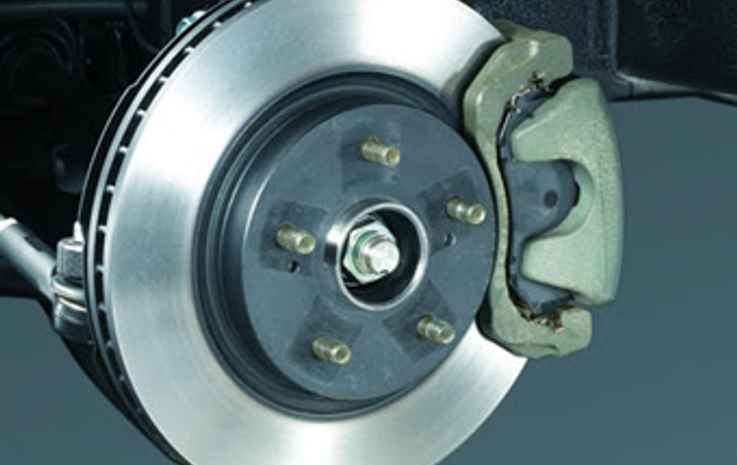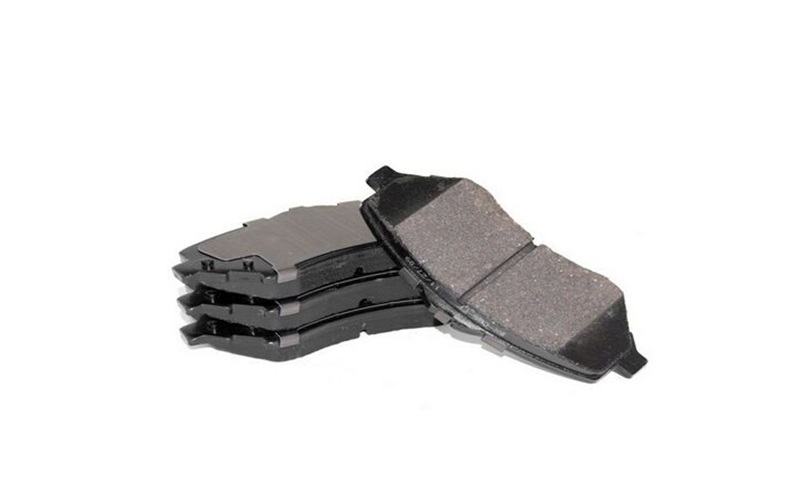Brake lining is the plastic protective surface on the inside of your brake pads. This area is designed to protect the metal from wear, heat, and friction that can damage metal. Brake linings are essentially the disposable surfaces in many brake systems, including disc brakes and drum brakes used on heavy-duty transport trucks. The purpose of a brake lining is to protect the metal from all of the heat, friction, and wear that your brakes experience every time you apply pressure to them. Without a liner, you could experience excessive breakdowns and damage to the brake pads.
Brake Lining
Brake linings come in all different thicknesses, depending on how much you need to cover your brakes. Thin linings, usually referred to as bare-metal, are meant to be a bare replacement for your existing brake pads. If you have a very large brake repair, you might want to consider thinning the material slightly to make up for lost pressure that results when your brakes are applied. Keep in mind that thin brake linings do not provide much benefit when it comes to stopping power.

Another type of plastic liner is polyethylene (PE). These types of plastic linings are usually thicker than the typical thin plastic used on most brakes. Because of the thickness of these brake pads, they are also more difficult to install under load, which increases the cost. They are, however, very strong and have excellent thermal qualities that make them suitable for high-performance brakes on industrial equipment such as forklifts.
The rubber compound is a very flexible rubber that is used in many different industries, from roofing to snow removal. Its excellent chemical and physical properties make it one of the most dependable plastic components available. Rubber compounds are typically made by combining rubber and plastic to form a supple material that is able to resist heat and abrasion, which makes it an ideal candidate for high-performance brake components. This material can also be thinned with the use of heat or chemicals. In some cases, rubber compounds are combined with metal to create a hard rubber.
Stainless steel is a very strong alloy that is rarely used for anything but automobile wheels. Unlike many metals, stainless steel does not rust, which makes it an excellent material for high-performance brakes. It is also very strong, which makes it perfect for making internal components like brake pads and hoses. The only weakness of stainless steel is that it can tarnish if it comes into contact with metal pieces.
Compression-molded plastic (CMP) is made by combining polystyrene (a thermoforming plastic) and expanded polystyrene (to expand its shape). This material is extremely lightweight, which makes it easier to manufacture brake pads. CMP pads are also capable of being thinned down with the use of heat or chemicals, which makes them preferable for high-performance braking systems. It has excellent chemical and physical properties that make it suitable for manufacturing brake pads and other brake components at reasonable prices. However, CMPs are susceptible to breaking and shrinking when subjected to extreme temperatures.
An alternative to stainless steel or CMP is polycarbonate. This material is highly durable and highly resistant to cracking and chipping, which makes it a popular choice for brake components. A major downside to this material is that it is sensitive to heat and can become brittle when exposed to extreme temperatures. Another downside to polycarbonate is that it is difficult to manufacture since it is hard to cut and mold, making it more expensive to produce.
Regardless of which material you choose for your braking system, it's important to make sure that you maintain the proper functioning of your brakes. When brakes are properly maintained, they will last longer and perform better. You should take care not to apply too much force to the brakes while driving, as this could cause the pads to lose their effectiveness. Additionally, when brakes are improperly repaired or weak, they will wear out more quickly. If you follow the maintenance tips in this article, you should have minimal problems with your brakes.

